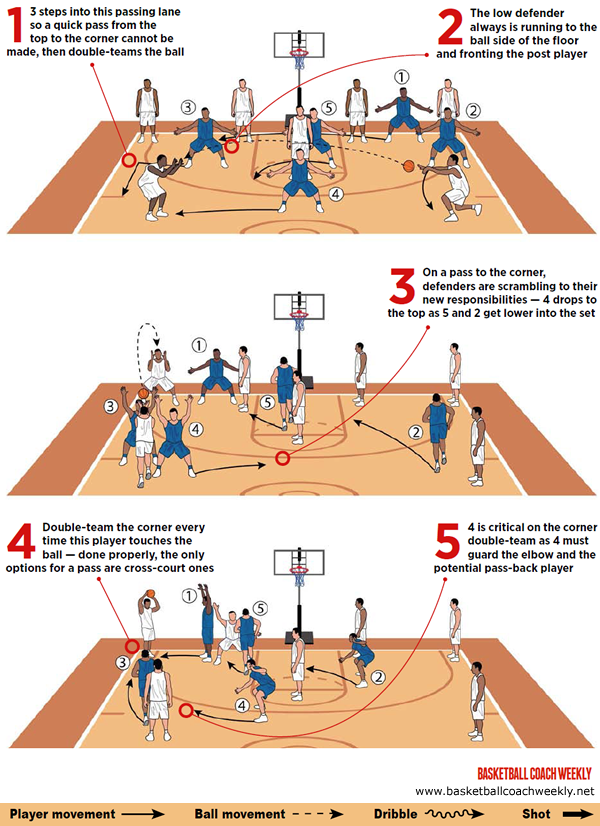Home »
Misc »
How not to play basketball
How not to play basketball
5 Things Not to Do When Playing Basketball
You are probably told most often what to do when playing basketball. However, highlighting some things you should not do is also important to mastering the sport. Being able to see what is wrong is a good thing because it allows you to be aware of the things that can get your team fouls or other violations on the court.
Every good player knows the rules, and they know what they can and can not do on the court. These five top things not to do on the court are something every player has to take to heart. One slip up may not be a big deal, but a player who really doesn't know what they are doing wrong can end up making the team lose the game.
Make sure you and all your teammates understand that doing the following things can ruin the game for everyone.
1. Traveling
Traveling is a direct violation of the rules. Traveling is when you are carrying the ball or performing an illegal dribbling action. Players must recognize the rules regarding traveling and avoid doing it.![]()
Traveling is a simple way to get your team a violation. Fortunately it is a simple thing to avoid if you are constantly aware of the ball and how you are handling it.
2. Losing eye contact
Eye contact is important in almost every team sport. You can not play as a team if you are not connected with your teammates. Eye contact allows you to know where other players are and what they are doing. You can often tell what a player is going to do through eye contact or send messages through eye contact that are subtle and not picked up by the opposing team.
Good eye contact should always be stressed by coaches because when eye contact is bad it leads to the ball being lost and players feeling disconnected from the team.
3. Knowing where the ball is at all times
Every player on the court, no matter where they are playing or if they are playing defense or offense, should always know where they ball is. Losing sight of the ball is a fatal mistake. Plays are missed, points are lost and games take wrong turns when players start to take the ball for granted.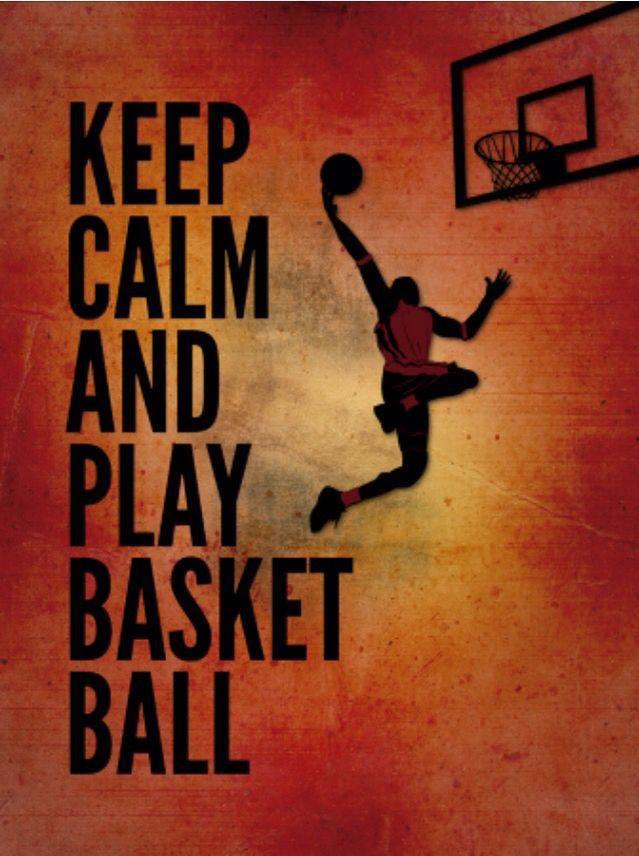
You have to know where the ball is at all times. You have to always be watching where it is going because your goal is to either get the ball in the basket or stop the ball from getting to the basket. If you do not know where it is then you can not do either.
4. Leaving your position
There is always a reason that the coach places each player in certain positions. It is up to the players to follow the coach's orders and play their position. Unless told otherwise or unless it is a great benefit to the team, a player should always be focused on their position.
When players start to leave their position it weakens the team and allows for mistakes and possible scoring by the other team.
5. Intentional fouls
Lastly, you want to avoid fouls at all costs. Some may be unavoidable and a simple accident. Other fouls, though, are intentional and most often due to a lack of self control. When playing a team sport things can get heated, but players must show self control. Letting your emotions get the best of you is no way to win a game.
Letting your emotions get the best of you is no way to win a game.
Basketball - preventing injury - Better Health Channel
Actions for this page
Summary
Read the full fact sheet
- Basketball is a contact sport that can result in injuries.
- The most common injuries are due to falls, contact, awkward landings, abrupt changes in direction and being hit by the ball.
- Using the right techniques and equipment for the sport can help prevent injury.
Basketball is one of the most popular sports in Australia and is enjoyed by players of all ages and skill levels. Basketball is a fast game with frequent and aggressive body contacts, so injuries can and do occur.
Basketball injuries
Injuries while playing basketball are commonly caused by falls, player contact, awkward landings, abrupt changes in direction and being hit by the ball. Common types of injuries are:
Common types of injuries are:
- Injuries to the lower body, mostly ankle sprains
- Injuries to the hand, fingers, head, face and teeth
- Knee injuries – females are at higher risk of knee injury than males
- Overuse injuries – are most common in higher level players due to the duration and intensity of play.
Preventing basketball injuries
To prevent injury you should:
- Be prepared.
- Wear the right gear.
- Check the environment is safe.
- Know yourself and the sport.
Preparing to play basketball
Before you start playing basketball, remember to:
- Attend training so your body is ready.
- Warm up and stretch before playing.
- Cool down and stretch after playing.
Wear the right basketball gear
When you're playing basketball, make sure you:
- Wear a mouthguard, preferably custom-fitted, at all times.
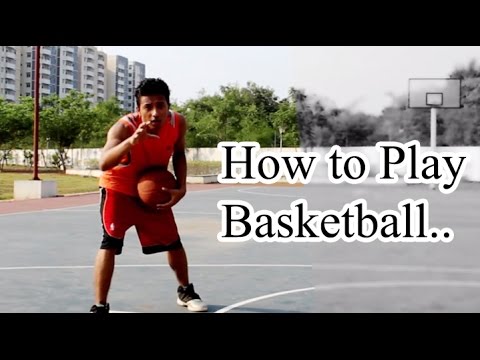
- Wear shoes designed for basketball.
- If you have a history of injury, speak to your doctor or physiotherapist about appropriate bracing or protective gear.
Check the basketball environment
Check the basketball environment is safe and remember to:
- Remove hazards, such as stones and water, from the playing surface.
- Make sure backboards and baskets are of a high standard, securely mounted and well maintained.
- Make sure backboards, their supports and walls are padded.
- Make sure baskets and boundary lines are not too close to walls and fixtures.
- Ask a suitably qualified person, like a builder, to assess the safety of your installation if you install a ring at home.
- Do not fix a basketball ring or backboard to brickwork.
Other basketball safety tips
General safety suggestions when playing basketball include:
- Choose activities that are suited to your fitness level.
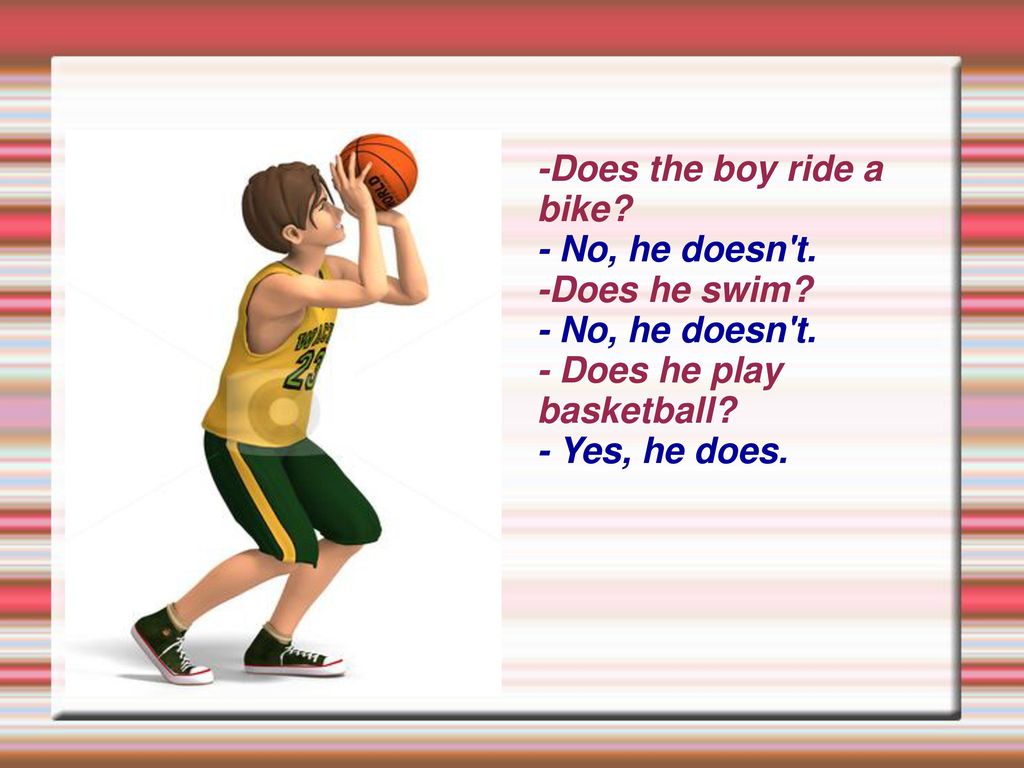
- Follow the rules and play fairly.
- Know and use the right techniques for passing, jumping, landing and shooting.
- Know how to use the equipment properly and safely.
- Never hang or swing on a basketball ring.
- Drink water before, during and after play.
- Do not play in extreme heat or wet conditions. Where possible, games should be rescheduled.
- Coaches, players and parents should be aware of heat illness symptoms.
- Qualified first aid personnel, first aid kits, icepacks and a stretcher should be available at all times.
- Telephone access, to contact emergency services, is essential.
Respond promptly to basketball injuries
If you or someone else is injured:
- Remove injured or bleeding players from the court immediately.
- Seek prompt attention for injuries from qualified first aid personnel.
- Make sure you are fully rehabilitated before returning to play.
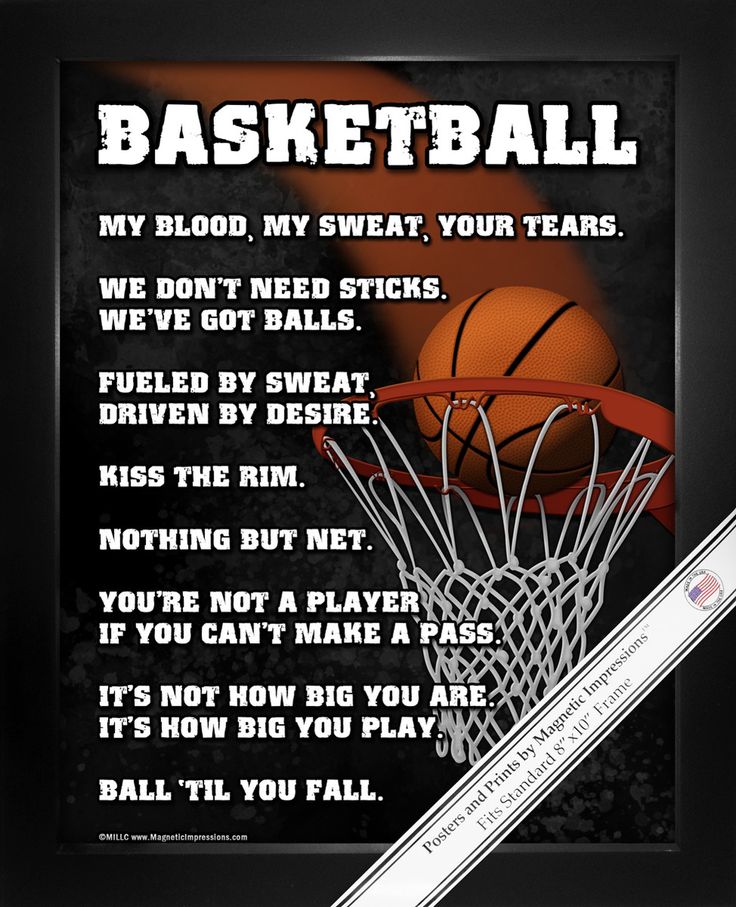
- Wear a brace for at least three months after serious joint injuries.
Where to get help
- Your doctor
- Sports physician
- Physiotherapist
- Australian Physiotherapy Association Tel. (03) 9092 0888
- Always call triple zero for an ambulance in an emergency Tel. 000
- Smartplay Tel. (03) 9674 8777
Things to remember
- Basketball is a contact sport that can result in injuries.
- The most common injuries are due to falls, contact, awkward landings, abrupt changes in direction and being hit by the ball.
- Using the right techniques and equipment for the sport can help prevent injury.
- Smartplay Victoria (2007), Preventing basketball injuries – facts and safety tips for basketballers [online], Sports Medicine Australia – Victoria. More information here.
- Smartplay Victoria (2005), Drink up, beat the heat [online], Sports Medicine Australia – Victoria.
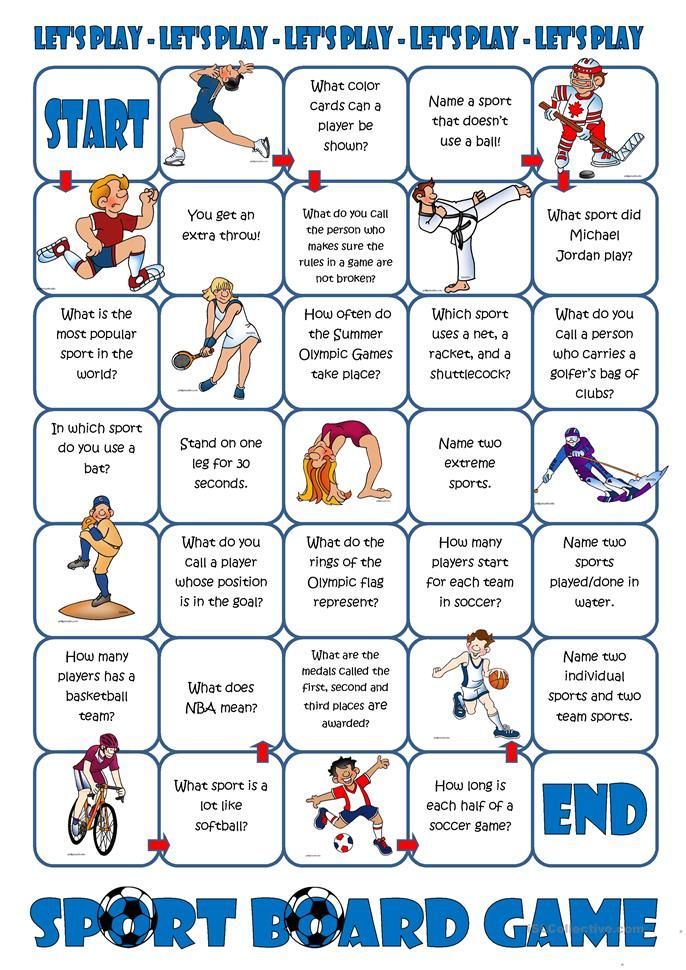 More information here.
More information here.
This page has been produced in consultation with and approved by:
This page has been produced in consultation with and approved by:
Give feedback about this page
Was this page helpful?
More information
Content disclaimer
Content on this website is provided for information purposes only. Information about a therapy, service, product or treatment does not in any way endorse or support such therapy, service, product or treatment and is not intended to replace advice from your doctor or other registered health professional. The information and materials contained on this website are not intended to constitute a comprehensive guide concerning all aspects of the therapy, product or treatment described on the website. All users are urged to always seek advice from a registered health care professional for diagnosis and answers to their medical questions and to ascertain whether the particular therapy, service, product or treatment described on the website is suitable in their circumstances.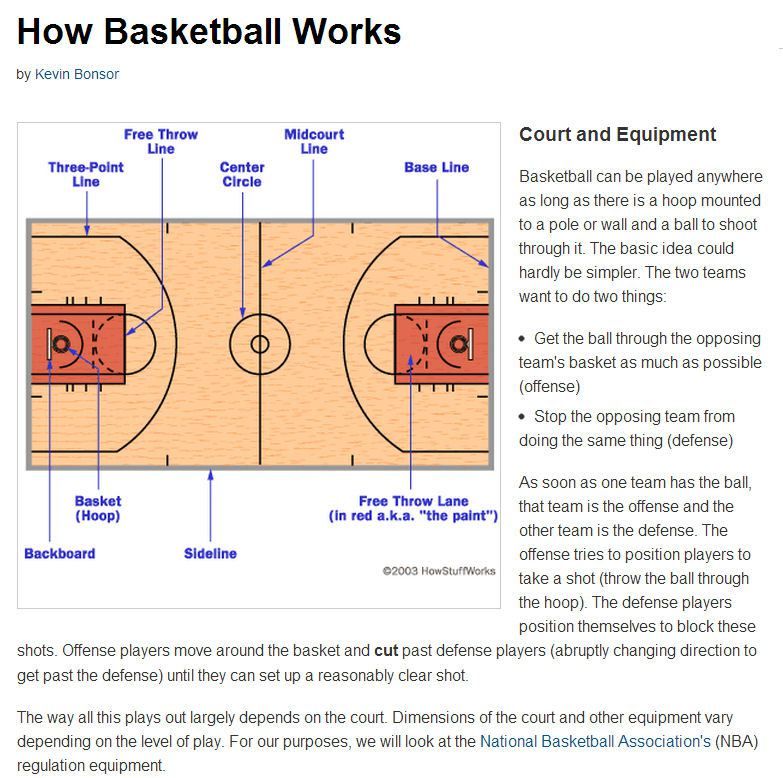 The State of Victoria and the Department of Health shall not bear any liability for reliance by any user on the materials contained on this website.
The State of Victoria and the Department of Health shall not bear any liability for reliance by any user on the materials contained on this website.
Reviewed on: 31-07-2013
How to protect yourself from injuries when playing basketball
2 minutes to read
Basketball is a contact and dynamic game where contact with an opponent, work with the body and legs are inevitable. In terms of the number of injuries, basketball is second only to martial arts. The knees, ankles, and Achilles tendons are most commonly injured. This does not mean that you can no longer play your favorite game. It is important to follow a few guidelines to reduce the risk of injury and continue to play for fun.
Body temperature at rest is lower than during physical activity. That is why it is necessary to prepare the ligamentous apparatus, muscles and tendons for the upcoming loads. Pay attention to every part of the body, especially the arms, legs and back.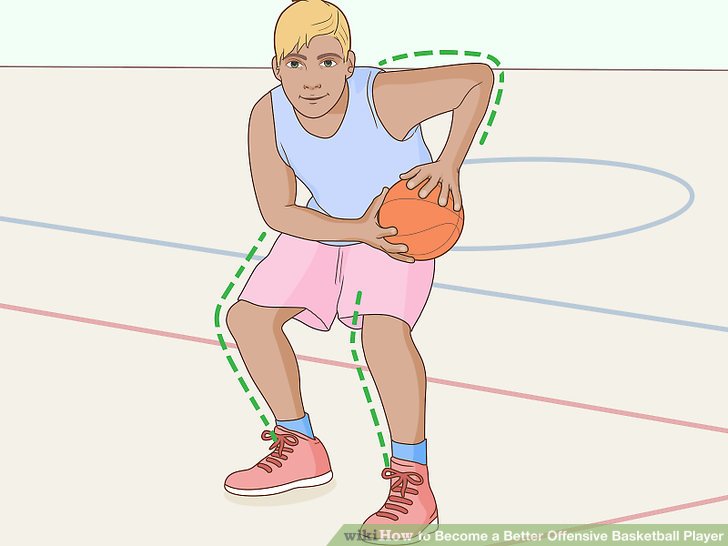 The warm-up may include light jogging, joint exercises, and ball exercises. Basketball has a lot of short explosive runs and not warming up before them will increase the risk of injury.
The warm-up may include light jogging, joint exercises, and ball exercises. Basketball has a lot of short explosive runs and not warming up before them will increase the risk of injury.
There are always jumps in the game of basketball players - during shots, rebounds, block shots. Shoes soften impacts from landings, reduce the load on the joints and give additional jumping ability. Basketball shoes have non-slip soles so that movements on the floor are clear and stable. Additional ankle support will help with a weak ligamentous apparatus.
Models with Concept Power Frame system under the insole reduce the risk of foot dislocation. Often shoes are tied with both laces and Velcro to fix the legs.
You can play basketball both indoors and outdoors. When playing in the hall, opt for loose shorts and a T-shirt. Clothing should not restrict movement or interfere. You can wear two pairs of thin socks to avoid blisters and chafing.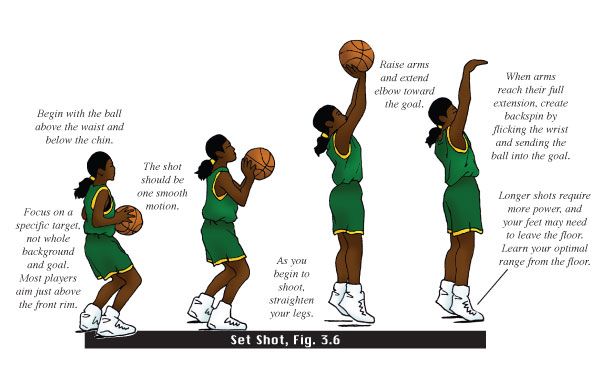
Basketball has long used compression stockings, shirts and sleeves that improve blood flow, wick away sweat and create a second skin effect. The underwear is made without seams and will not rub the skin during the game.
During the game, basketball players can contact not only other players, but also the surface of the court. To soften the force of blows and give additional protection, protection for the knees, wrists and elbows, as the most common places of injury, allows. To fix the ligaments and support the joints, special bandages are used, which allow you to distribute the load due to compression and avoid injuries during the game.
There are also more substantial options - foam knee pads. They are light, breathable and do not restrict movement. The effect is achieved due to the EVA material - it is a lightweight foam material that absorbs shocks.
All protection dries quickly and wicks away moisture. It will not burden you during the game.
It will not burden you during the game.
Decathlon teamed up with the NBA to launch an original line of apparel and shoes featuring league team emblems. You can choose the form and protection with the symbols of your favorite team.
How helpful was this material?
Rules of Basketball
How the rules have changed in your favorite game
How the rules have changed in your favorite game
WE ALL LOVE TO PLAY BASKETBALL, BUT DO YOU KNOW THE RULES?
Basketball was invented by James Naismith in 1891. Then everything was different: playgrounds, baskets, balls…
!!! Read about the evolution of balls in the article:
Basketball was invented by James Naismith in 1891 year. Then everything was different: playgrounds, baskets, balls…
!!! Read about the evolution of balls in the article:
The history of basketballs
The history of basketballs
What balls are played now and how it happened
Beginning
The rules have also changed a lot during this time.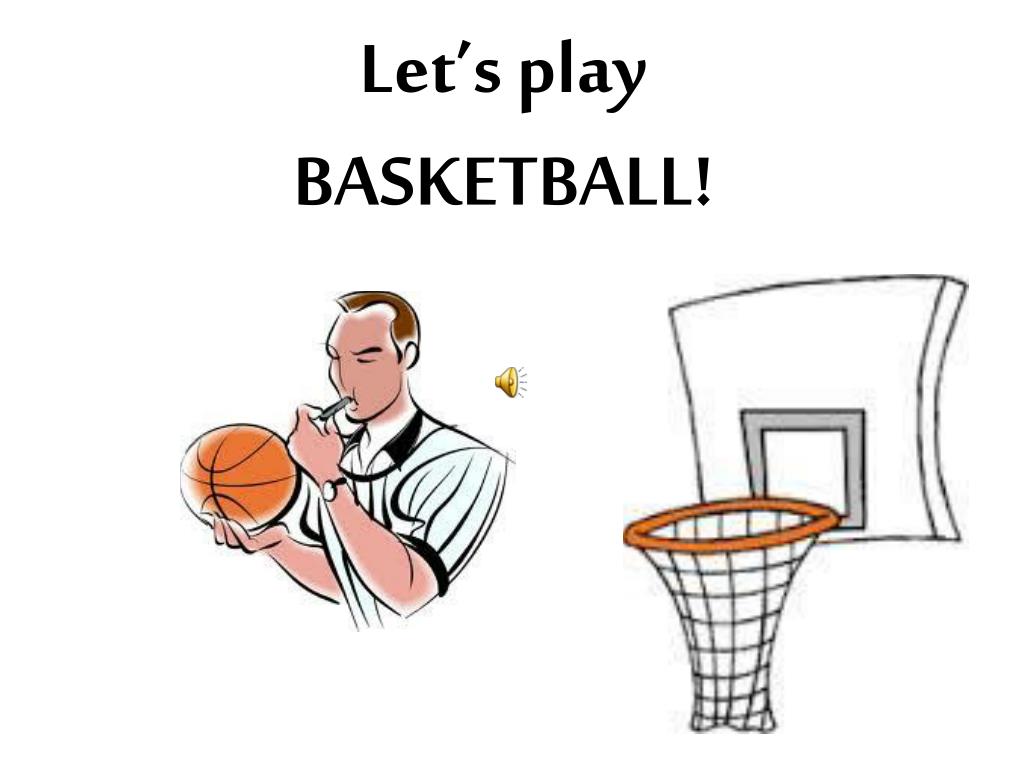 Initially, there were only 13 of them in basketball:
Initially, there were only 13 of them in basketball:
- The ball can be thrown in any direction with one or two hands.
- The ball may be hit with one or both hands in any direction, but never with the fist.
- The player cannot run with the ball. The player must throw the ball from the point at which he caught it, except for a player running at high speed.
- The ball must be held with the hands. You can not use the forearms and body to hold the ball.
- In any case, hitting, grabbing, holding and pushing the opponent is not allowed. The first violation of this rule by any player shall be called a foul; the second foul disqualifies him until the next ball is scored, and if there was an obvious intention to injure the player, then a disqualification for the entire game. It is not allowed to replace a disqualified player.
- Punching the ball is a violation of points 2 and 4, the penalty is described in point 5.
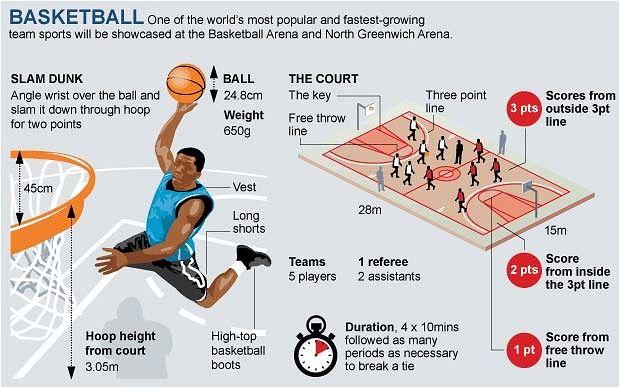 commit no foul).
commit no foul).
- A point is scored if a ball thrown or bouncing off the floor hits the basket and stays there. Defending players are not allowed to touch the ball or basket while shooting. If the ball touches the edge and the opponents move the basket, then a point is scored.
- If the ball goes out of bounds, it must be dropped into the field by the first player to touch it. In the event of a dispute, the referee must throw the ball into the field. The thrower is allowed to hold the ball for five seconds. If he holds it longer, then the ball is given to the opponent. If either side tries to play for time, the referee must give them a foul.
- The referee must monitor the actions of the players and fouls, and notify the referee of three consecutive fouls. He shall have the power to disqualify players under rule 5.
- The referee must watch the ball and determine when the ball is in play (inbounds) and when it goes out of bounds (out of bounds), which side should be in possession of the ball, and any other action that the referee would normally take .

- The game consists of two halves of 15 minutes each with a break of 5 minutes between them.
- The side with the most goals during this time period is the winner.
The most important rule change in the history of basketball is the introduction of dribbling. In the original version of the game, this was prohibited by paragraph 3 of the rules.
One of the first changes in the game and the rules was the replacement of the basket with a ring with a net. It seemed to be very inconvenient to climb after the ball every time after a hit. Around the same time, free throws, dribbling appeared, and the composition of the teams was fixed for 5 players on the court at the same time. Before that, in some matches, up to 50 people could be on the court at the same time. All this happened back in 1896-1897.
The emergence of FIBA (International Basketball Federation)
Basketball in the early 20th century became more popular and the rules in each country could be different.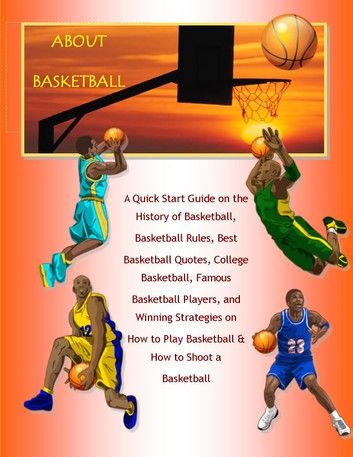 This was one of the reasons why FIBA appeared in 1932 year. At the first FIBA Congress, the teams were approved (5 people and 2 substitutes), and it was decided that after each goal there would be a throw-in in the center. This rule was removed after 4 years to reduce the advantage of tall players.
This was one of the reasons why FIBA appeared in 1932 year. At the first FIBA Congress, the teams were approved (5 people and 2 substitutes), and it was decided that after each goal there would be a throw-in in the center. This rule was removed after 4 years to reduce the advantage of tall players.
Over the next few years, the main changes were related to the number of personal fouls, the number of players on the bench and the introduction of a time limit for getting the ball into the opponent's half of the court.
More changes came in 1952 after the Olympics. The game became very boring, because the teams held the ball, having received a minimal lead in the score. Everyone understood this and searched for solutions for several years in order to save the life of basketball. At 1954 Danny Biason proposed to the NBA to limit the time for the shot to 24 seconds. At the 1956 Olympics, there was a similar rule: it was necessary to make a throw in 30 seconds. At the same time, to add equality between defense and attack, another rule familiar to us appeared: you need to start dribbling the ball before the supporting leg comes off.-Step-5.jpg/aid43486-v4-728px-Play-21-(Basketball)-Step-5.jpg)
Then the game became similar to the modern one from a technical point of view: dribbling, shots, a three-second zone appeared. In 1979, the NBA added a three-point line, and in 19In 1984, FIBA also added an arc.
!!! An article about the evolution of the three-point shot and interesting facts:
10 interesting facts about the three-point shot.
10 interesting facts about the three-point shot.
Three-pointer evolution and insane records.
Changes in the rules and basketball since 1956 have included the number of free kicks, the situations in which these free kicks are given, and individual and team reprimands. Some rules were introduced, and a few years later they were canceled. For example, the "3 for 2" rule: if a player was fouled in the shooting phase, then if one of the first two shots was missed, he could make another free throw. This rule was later removed.
Since the 1990s there have been constant changes: the emergence of alley-oops, changes in the timing and rewriting of the rules of running, which continue to this day.
From the most interesting: if the team has 0.3 seconds or less to throw the ball from behind, then it must be a one-touch throw. It takes at least 0.4 seconds to perform a full throw.
Derrick Fisher made similar throws:
And here is a small selection of videos of how they throw in 0.2 seconds:
Do you want to take your first steps in basketball or improve your basic skills? We have a Basic Basketball Skills workout for you. See the schedule and sign up:
SIGN UP
Coach: Yuriy Bespalov
- Professional player of the INANOMO 3x3 team;
- Champion of Russia 3x3 2019, 2021;
- Winner and medalist of the MOFB championship;
- MLBL Summer League MVP 2017;
- Multiple participant of Moscow Open;
- Champion of Moscow 3x3 2017;
- MVP GrunisCup 2017.
IF YOU LIKE THIS ARTICLE, DON'T FORGET TO SHARE IT WITH YOUR FRIENDS.
MORE ARTICLES FROM
BLOG
We write useful articles about basketball training, basketball shoes and everything related to this beautiful game.